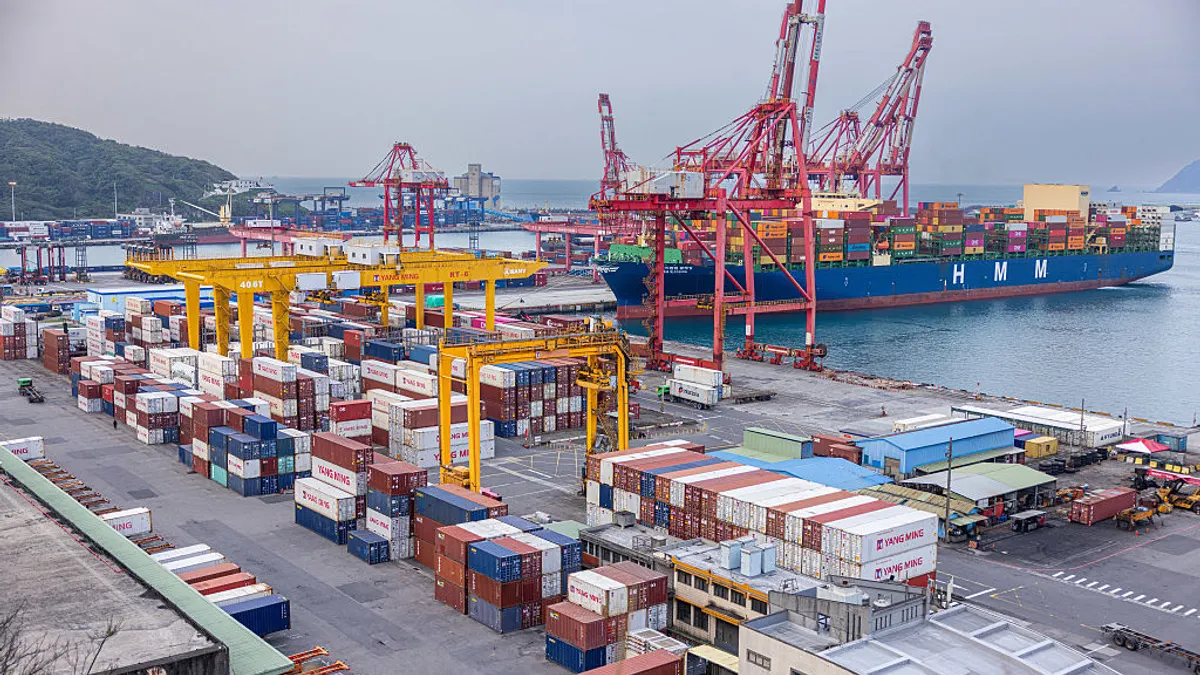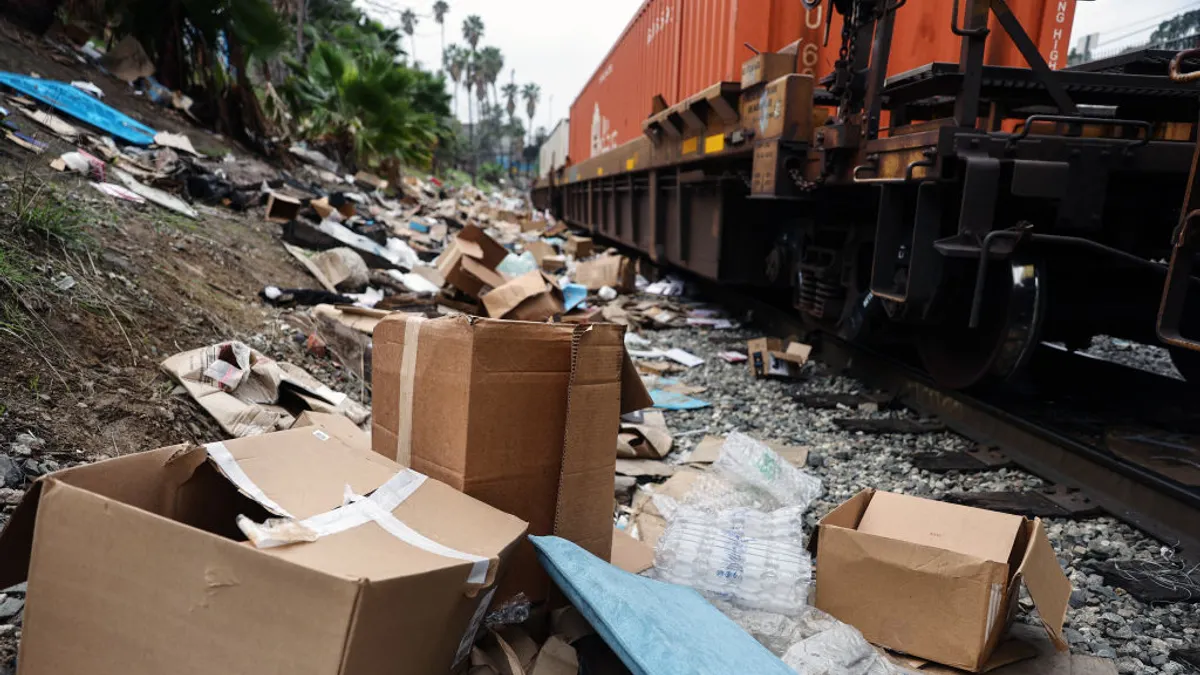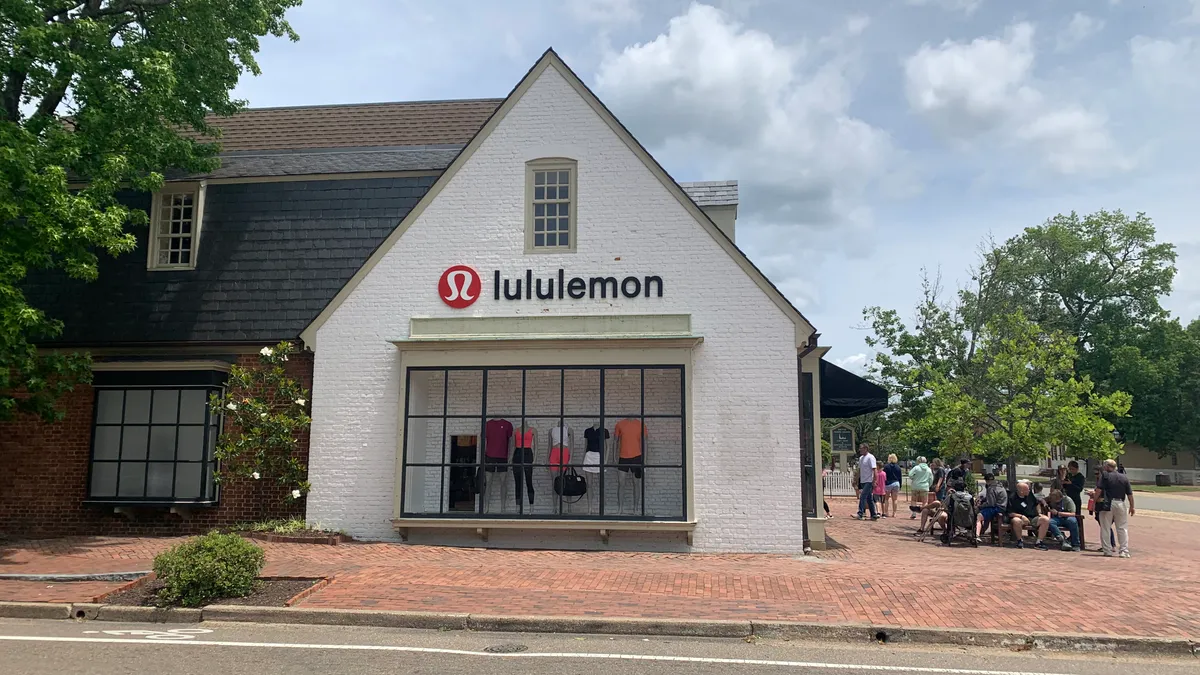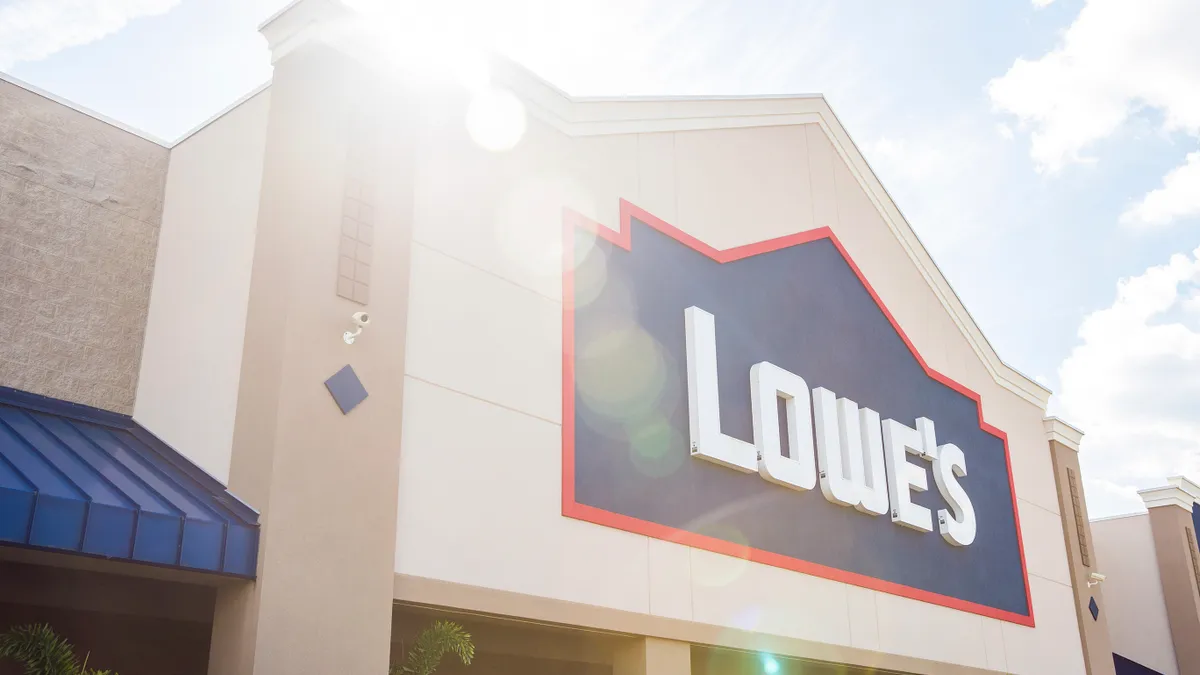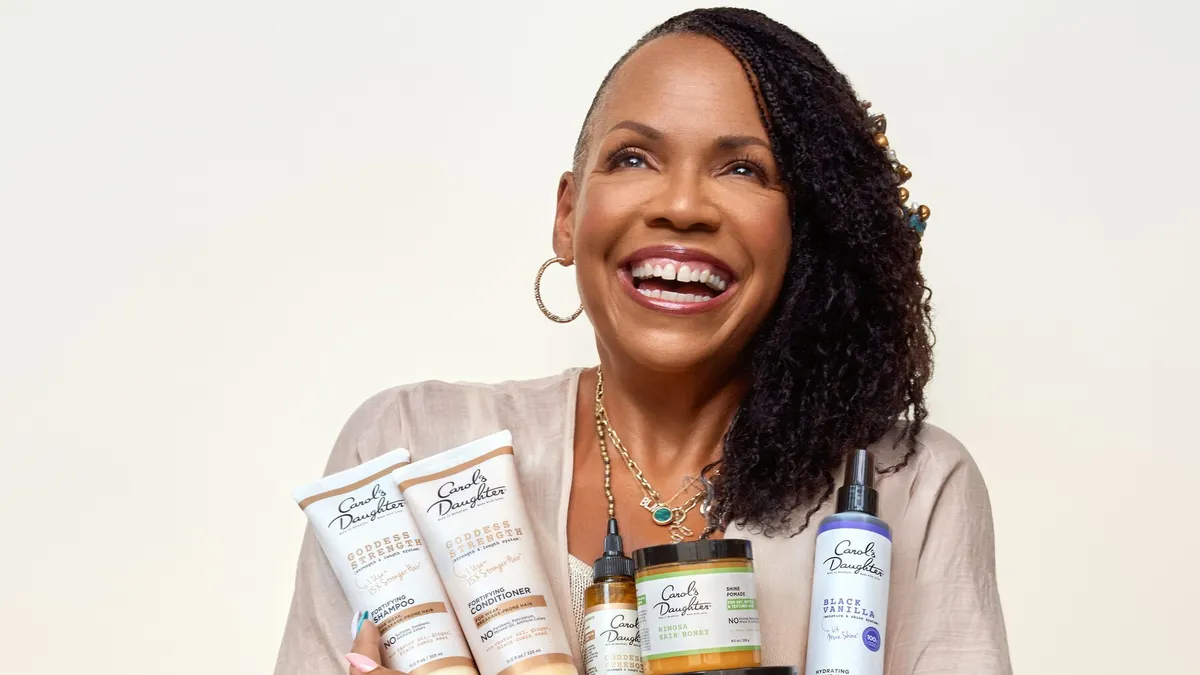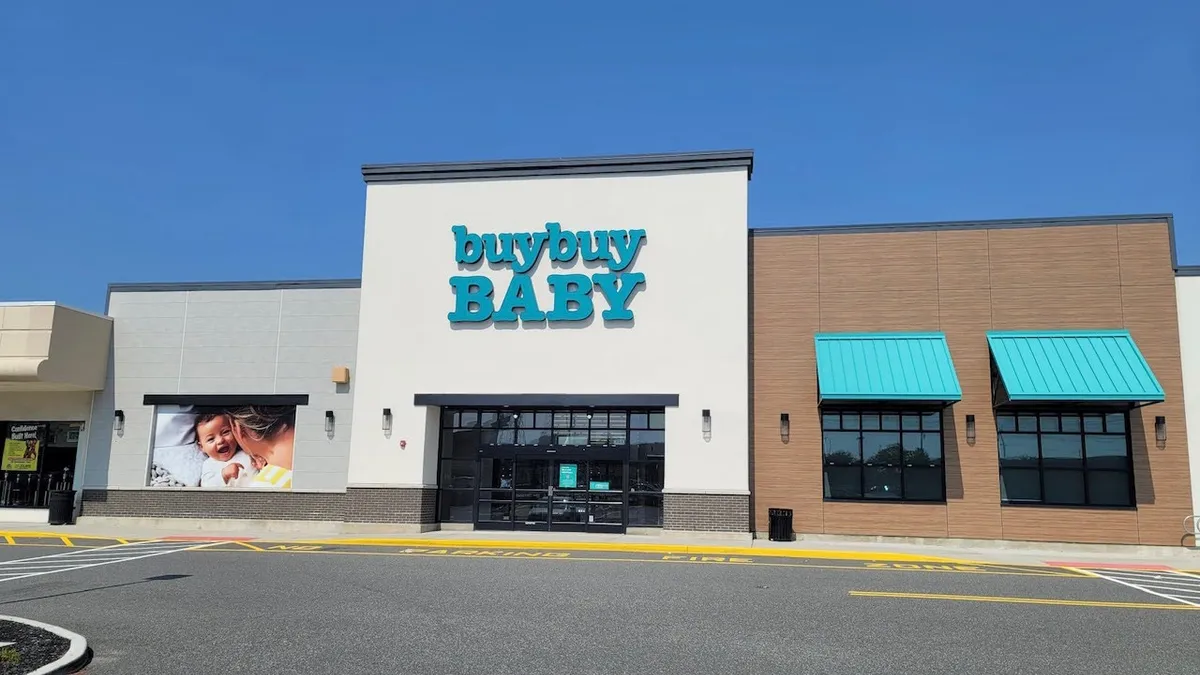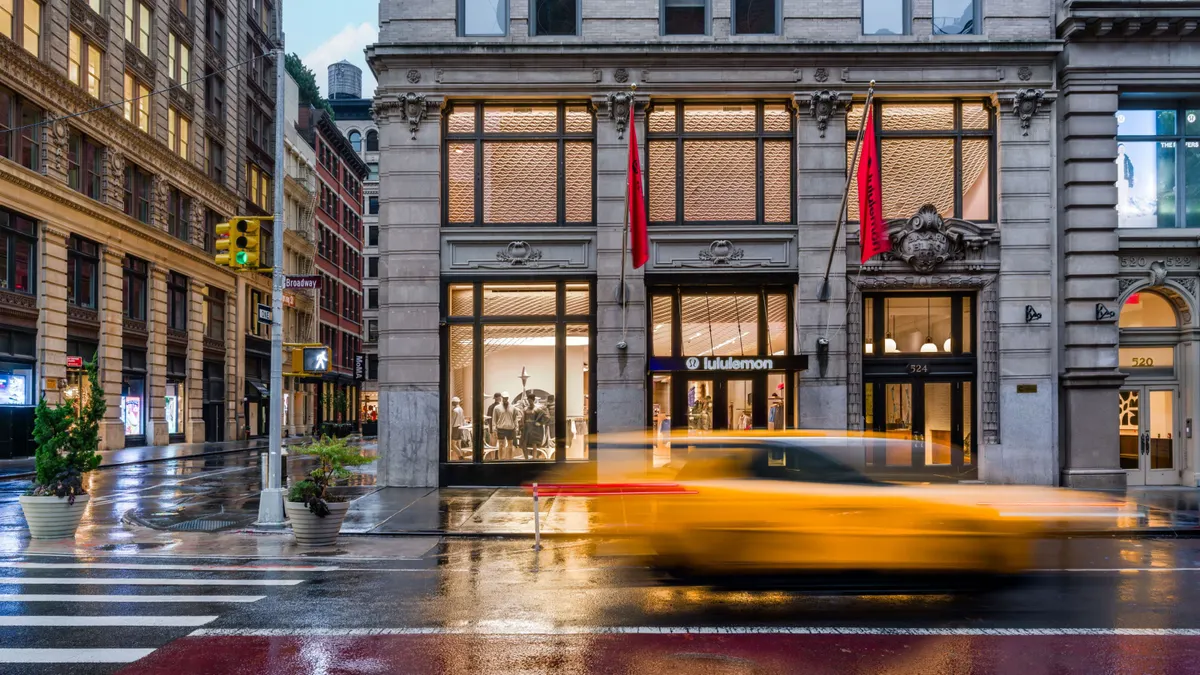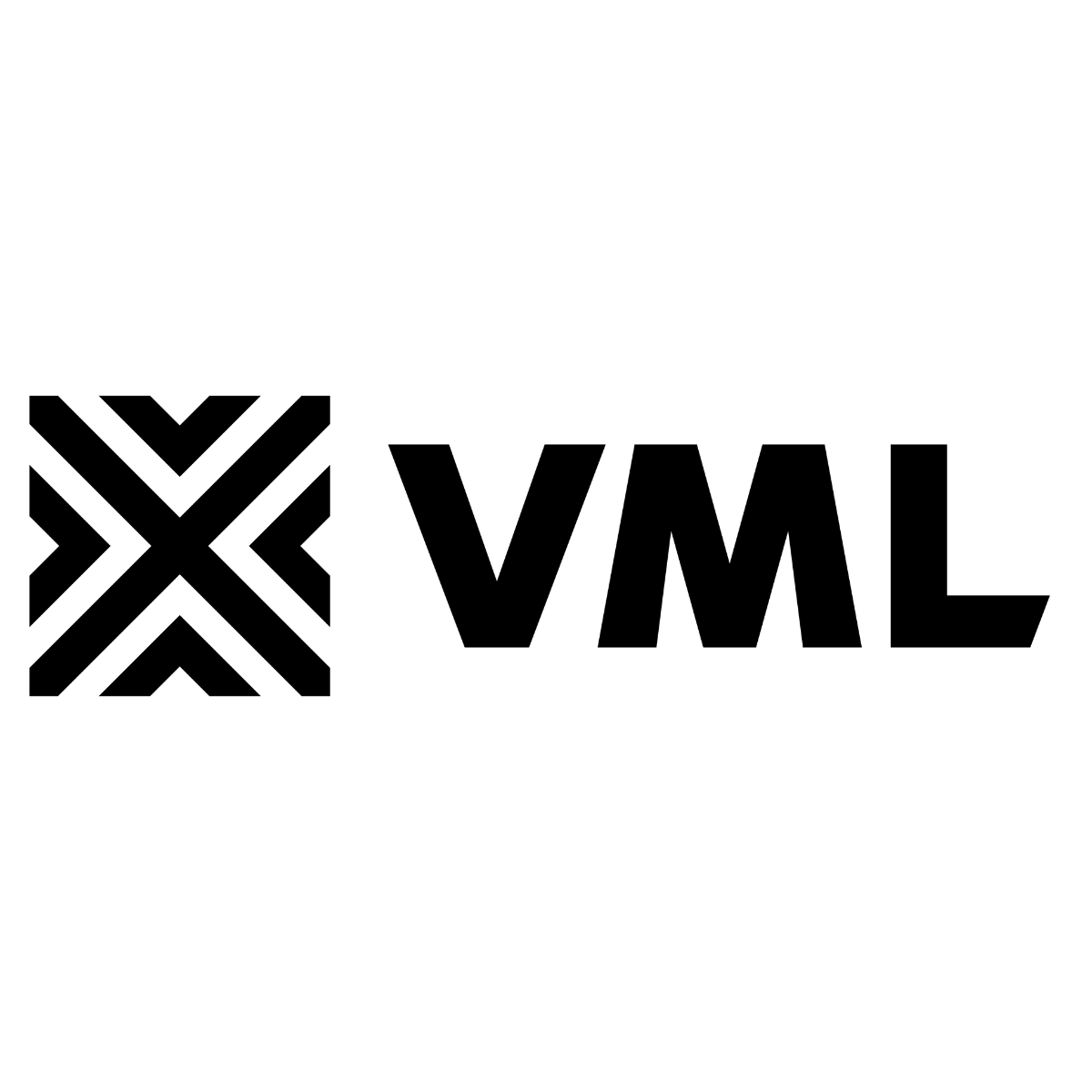If the retail industry has learned anything from the first half of 2025, it’s that the only constant is change and tariffs are no exception under the Trump administration.
The will they, won’t they approach to U.S. trade deals has pushed retailers to rethink sourcing, increase pricing and put in inventory orders earlier than last year.
A few companies have continued to thrive despite this tough environment, such as Walmart and the athletics brand On. Others, like Under Armour, Funko, and even off-pricers, have felt the sting of evolving geopolitical relations.
Even the best performers are watching shifting tariff rates closely — and further strain is expected for the second half of the year.
“As we replenish inventory at post-tariff price levels, we've continued to see our costs increase each week, which we expect will continue into the third and fourth quarters,” Walmart CEO Doug McMillon said on a second quarter earnings call in August.
Prices increasing for retailers sets the stage for an interesting holiday season, the most important time for the industry. Toy prices are rising, shoppers are eyeing debt to afford gifts and some are willing to cut back on essentials this season.
Here’s a look at how tariffs continue to shape retail heading into H2:
How tariffs are impacting the consumer
Despite worries early in the year that tariffs would further drag down already beleaguered consumers, retail sales have grown steadily all year. A closer look, though, shows that savvy shoppers have been stocking up and buying early, so some of that growth could ebb later in the year.
Retailers — especially apparel and department stores — report that consumers are on edge, cautious about spending and trading down when they do. No wonder: Two-thirds of U.S. consumers have seen grocery prices rise on groceries, and more than 40% have noticed clothing is more expensive.
It’s not great timing for the industry, which also faces higher import costs ahead of the back-to-school and holiday seasons. Tariffs’ effects on the economy are getting more entrenched, amid slowing wage gains and a cooling job market. Such concerns sent consumer sentiment down again in August.
How retailers readied themselves for tariffs
As tariff policies evolve, retailers are working to adjust their supply chain operations to help mitigate potential impacts.
Toy maker Mattel at the start of the year said it was working to diversify its supply chain and expects China to represent less than 40% of its global production this year, down from 50% in 2024. And by 2027, Mattel said no single country will represent more than 25% of its total global production.
Academy Sports and Outdoors has spent years diversifying its supply chain. In January, the company said 50% of its inventory was procured from China, which was down from 70% in 2019. The company has worked to shift production out of China to other countries, including Cambodia and Bangladesh.
But trade policies from the Trump administration continue to change, and the list of countries affected grows. As a way to get ahead of tariffs, some retailers pulled forward shipments of inventory ahead of the Aug. 1 trade deadline.
Sportsman’s Warehouse in June said it was working to pull forward inventory ahead of the holiday and hunting season. The retailer worked with some vendors to frontload $20 million worth of spring and summer inventory in categories affected by levies. Williams-Sonoma executives in May similarly said the retailer strategically pulled forward inventory to reduce potential impacts of higher tariffs later in the year.
Despite their best efforts, retailers across the industry are sure to feel the effects of tariffs in one way or another. Nike and Adidas — leaders in the athletics sector — have warned of potential financial impacts as a result of tariffs, with Nike projecting a $1 billion hit.
Tariffs and the holidays
The upcoming holiday season could reveal the deeper impact tariff policies are having on both consumers and retailers.
The toy sector is particularly vulnerable, with nearly 80% of products coming to the United States from China.
President Donald Trump is seemingly unconcerned with the potential impact on the sector, stating to consumers earlier this year, “Maybe the children will have two dolls instead of 30 dolls. And maybe the two dolls will cost a couple of bucks more than they would normally.”
Around 96% of American toy companies are small- and medium-sized businesses, but major players like Mattel are feeling the pressure too. The company recently forecast a $270 million impact from tariffs.
Retailers and manufacturers have already started to pass on costs, with U.S. consumers expected to shoulder up to 67% of the cost burden by October. Additionally, there have already been signs that shoppers are ready to cut back: 82% of consumers said they will try to save on groceries and other essentials to cover holiday expenses, according to a recent report.
Meanwhile, retailers have been pushing through holiday orders early in response to tariffs — with over half being placed by the end of May. As companies face global headwinds going into Q4, nearly 80% of buyers say they have utilized AI-enabled tools to enhance their buying, according to a Deloitte report. Around three-quarters said they are using that technology to deal with changes in trade policies.


